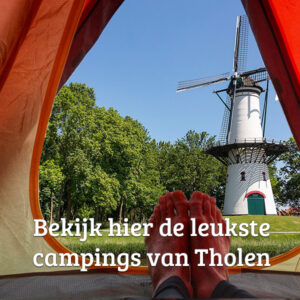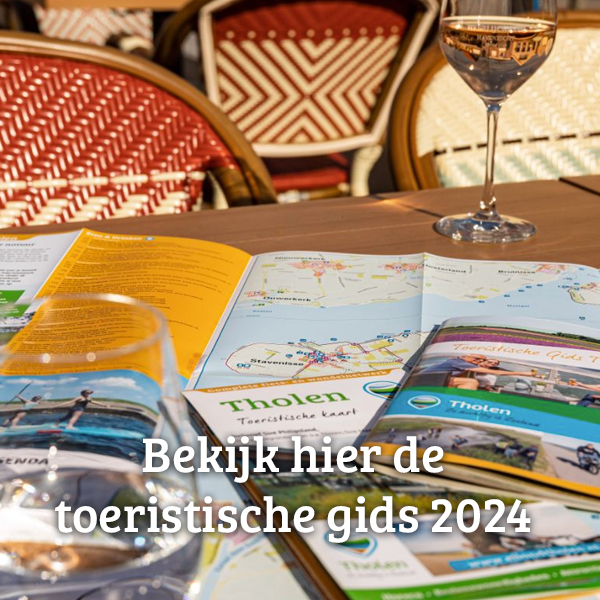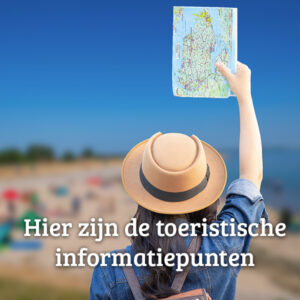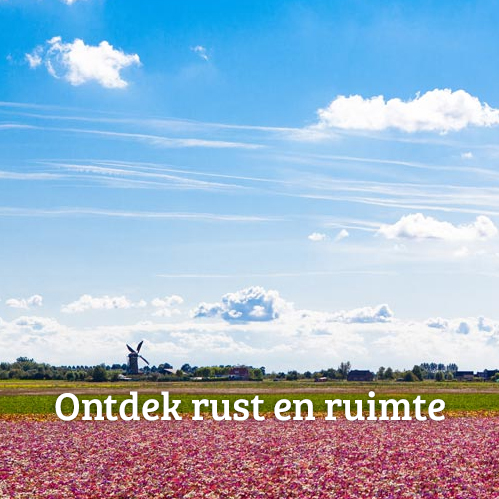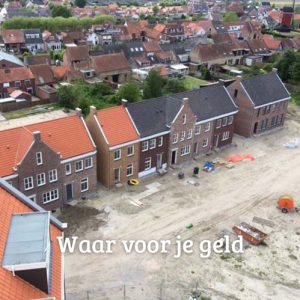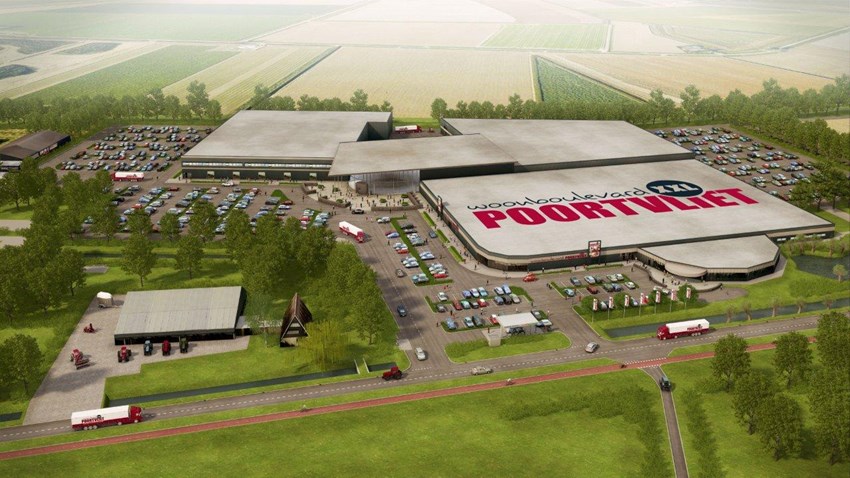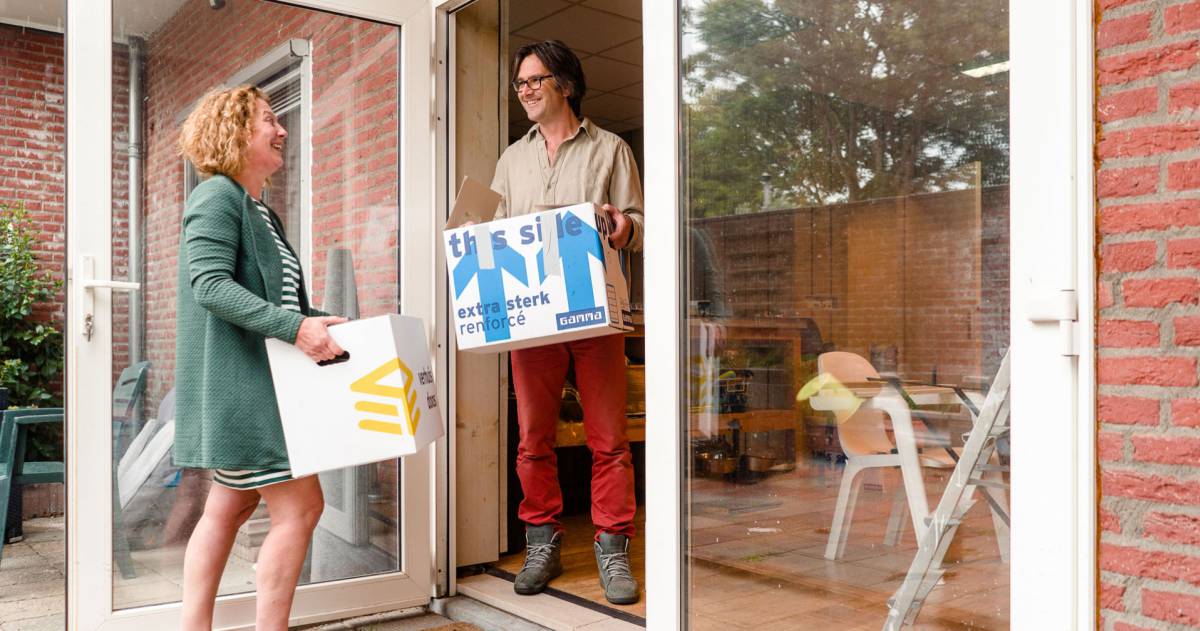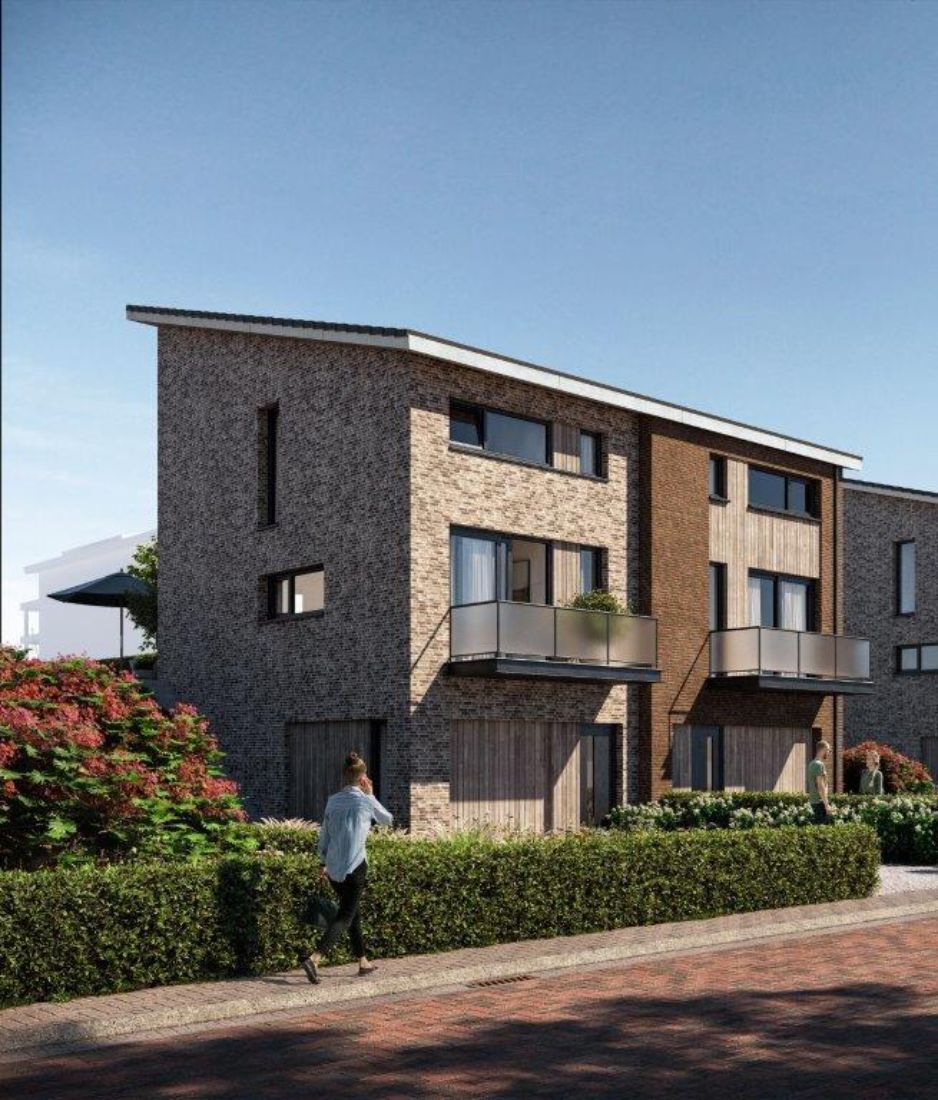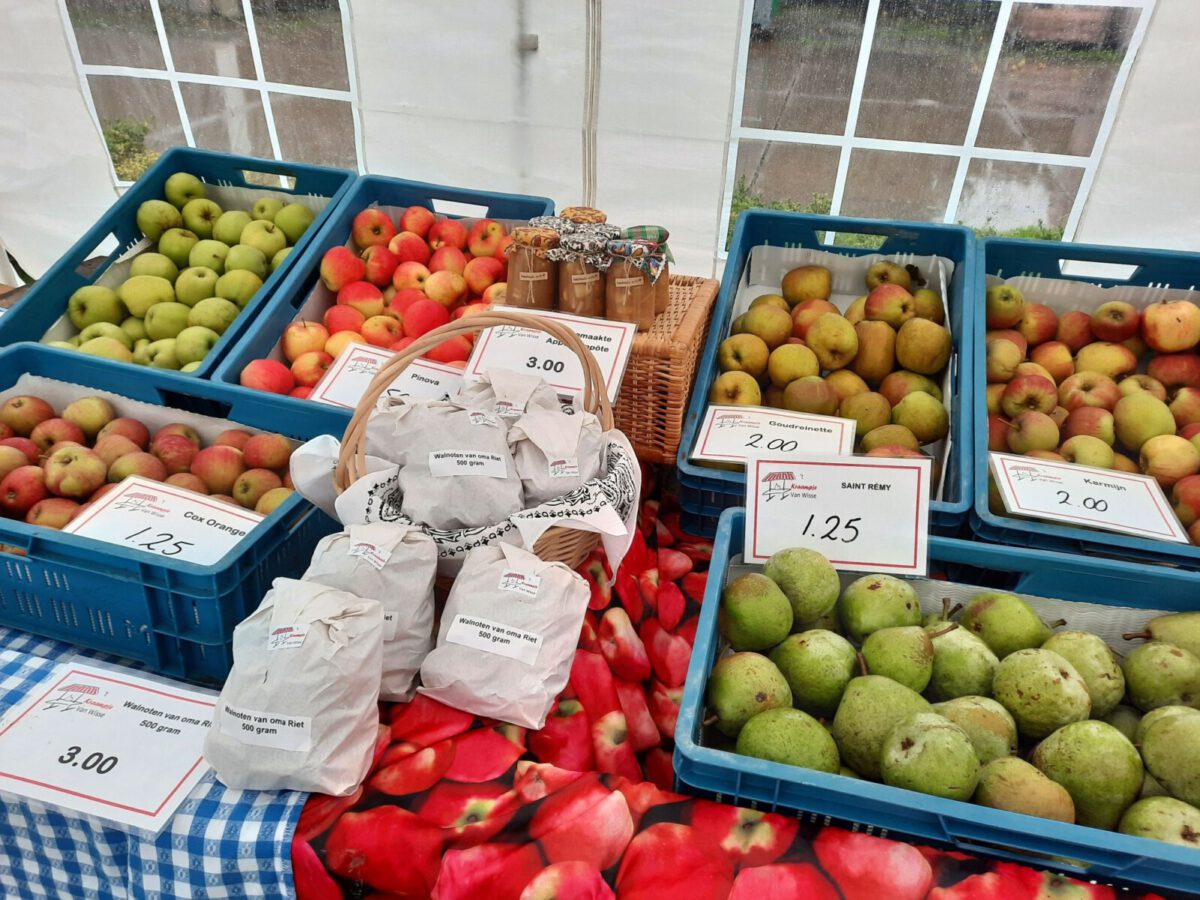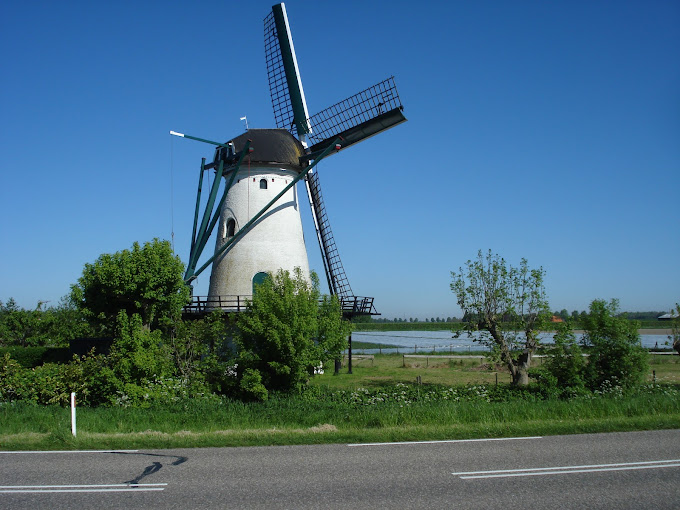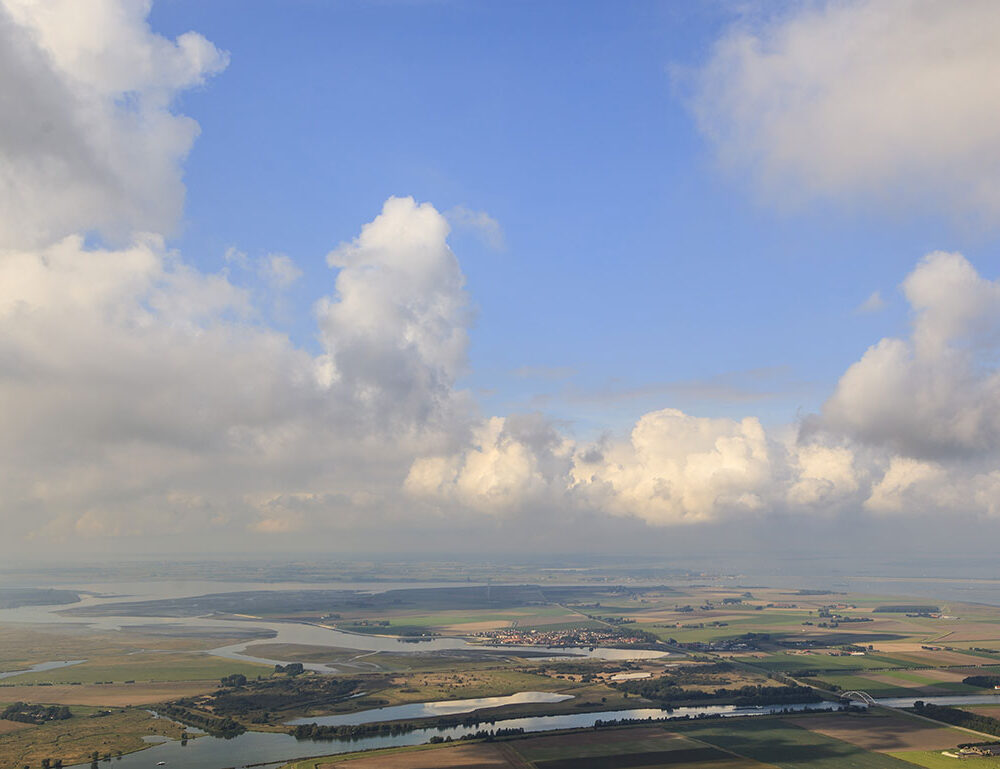
History
Tholen and the water
The landscape of Tholen as we know it today is strongly influenced by man and nature. In the years 1014 and 1134 large storm surges ravaged the Zeeland coasts. It was realized that the landscape had to change drastically in order to withstand the storm surges, and they started to build vliedbergen and dikes. A tangible example and also the only remnant of such an artificial embankment is the Westkerkseberg just outside Scherpenisse.
Pluimpotpolder
In the Middle Ages, today's Tholen consisted of several smaller islands that were joined together by diking the intervening channels. The last large channel, the Pluimpot, which divided Tholen into an eastern and a western haft, was closed in 1556 with a sheet pile wall in two places. A remnant of this water, which makes Scherpenisse and Sint-Maartensdijk accessible to ships until the 20th century, the seawall was closed in 1957 as an unsafe switch. The Pluimpotpolder that was created in this way was the last major reclamation on Tholen.
flood
Tholen was also hard hit by the Disaster of 1953, which left a heavy mark on the general history of Zeeland. More than half of Tholen was flooded by seawater. In the even more severely affected Stavenisse, 153 people were killed and the material damage was enormous. The monument “The Sea Monster” – a sculpture of a fish made by the Amsterdam sculptor Gerrit Bolhuis – serves as a reminder of the terrible flood. The statue is located on the Provincialeweg between Sint-Maartensdijk and Stavenisse.
Reconstruction
After the flood disaster, they started to redesign the landscape. The oldest polders on the south side of the island underwent very drastic changes; roads were moved and dikes were excavated. Due to the improvement of the watercourses and the placement of pumping stations, the groundwater level decreased considerably. This allowed the farmers to work on the former pasture buildings and agriculture flourished. Many poplars were also planted at that time. These have largely been replaced in recent years by more sustainable trees such as ash, walnut, oak maple, abelian, linden and willow. It is not for nothing that Tholen often 'the land of the aoge baomen (the land of the tall trees).
Access and Delta Works
After opening up by the Oesterdam and the Philpsdam, part of the Delta Works, today's Tholen is only partly influenced by the tidal waters. The border with North Brabant is formed by the Scheldt-Rhine Canal, which connects the port areas of Antwerp and Rotterdam. With the passage of more than 60.000 ships, it is one of the busiest shipping connections in the Netherlands. The region is also easily accessible from the rest of Zeeland and the Rotterdam region through the motorways over the dams.
